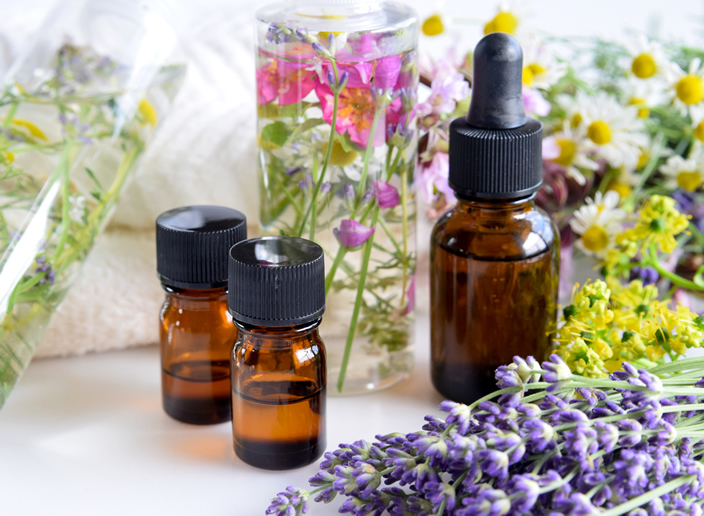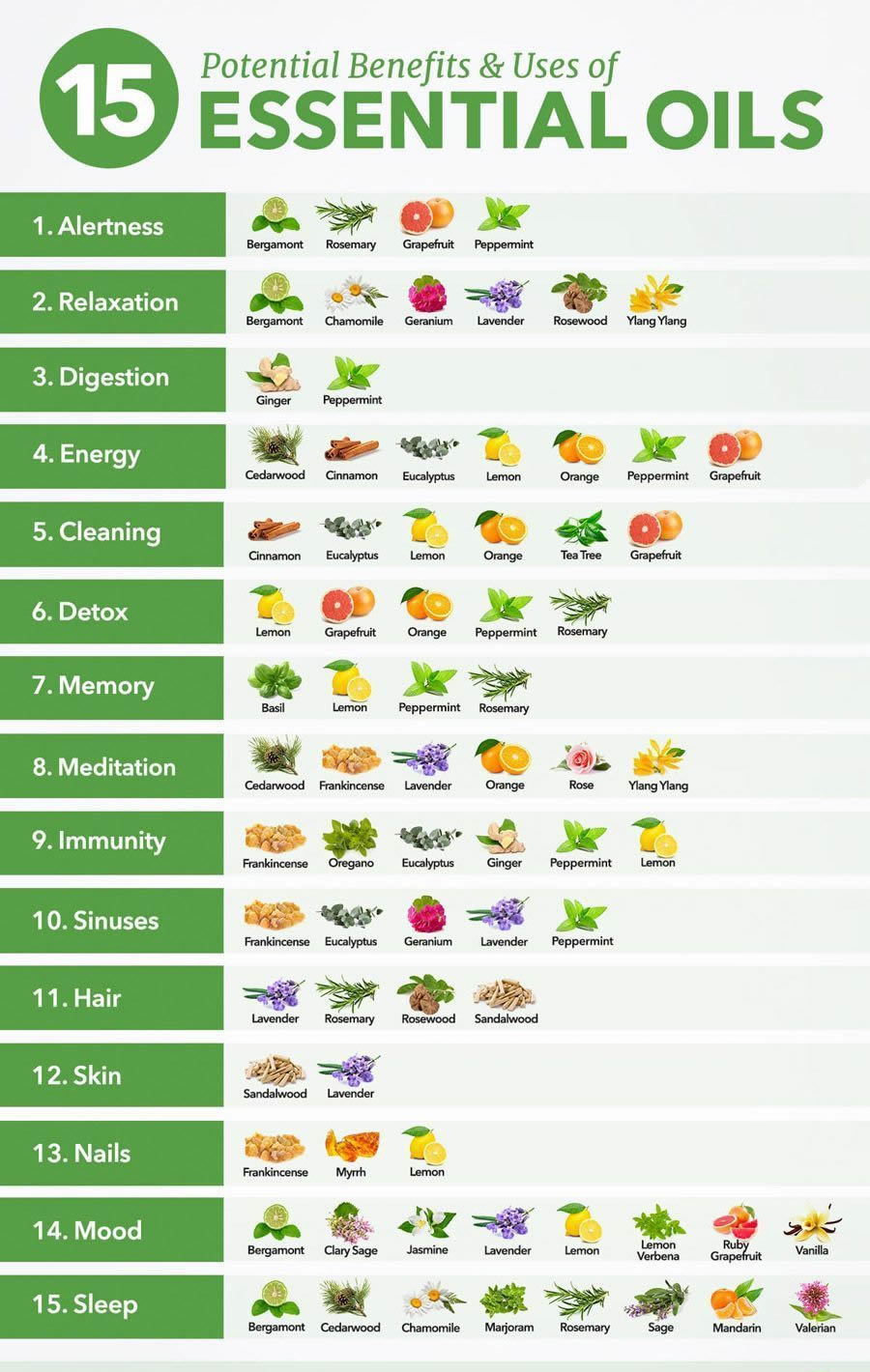Essential fatty acids (EFAs) are fats that are essential to the diet because the body cannot produce them. Essential fatty acids are extremely important nutrients for health. They are present in every healthy cell in the body, and are critical for the normal growth and functioning of the cells, muscles, nerves, and organs.
EFAs are also used by the body to produce a class of hormone-like substances called prostaglandins, which are key to many important processes. Deficiencies of EFAs are linked to a variety of health problems, including major ones such as heart disease, cancer, and diabetes. It has been estimated that as many as 80% of American people may consume insufficient quantities of EFAs.
Very few health issues have received as much attention during the past several decades as the question of fat in the diet. Sixty-eight percent of deaths in America are related to fat consumption and diet, including heart disease (44% of deaths), cancer (22%) and diabetes (2%).
  |
There are several types of dietary fats. Saturated fat is found mainly in animal products, including meat and dairy products, and avocados, and nuts. Cholesterol is a dietary fat that is only found in animal products. Cholesterol is also made by the body in small amounts from saturated fats. Heavy consumption of saturated fat and cholesterol has been linked to heart disease and cancer.
Unsaturated fats are typically oils from vegetables, nuts, and are present in some fish. These are considered the healthiest dietary fats. Essential fatty acids are unsaturated fats. EFAs are the only fats that may need to be increased in the American diet.
Scientists classify essential fatty acids into two types, omega-3 fatty acids and omega-6 fatty acids, depending on their chemical composition. Technically, the omega-3 fatty acids are alpha-linolenic acid, stearidonic acid, and two others called EPA and DHA. Alphalinolenic acid is found mainly in flaxseed oil, canola oil, soybeans, walnuts, hemp seeds, and dark green leafy vegetables. Stearidonic acid is found in rarer types of seeds and nuts, including black currant seeds. EPA and DHA are present in cold-water fish, including salmon, trout, sardines, mackerel, and cod. Cod liver oil is a popular nutritional supplement for omega-3 EFAs.
Omega-6 fatty acids are more common in the American diet than the omega-3 EFAs. These include linoleic acid, which is found in safflower, olive, almond, sunflower, hemp, soybean, walnut, pumpkin, sesame, and flaxseed oils. Gamma-linolenic acid (GLA) is found in some seeds and evening primrose oil. Arachidonic acid (AA) is present in meat and animal products.
Both types of EFAs, omega-3 and omega-6 fatty acids, are necessary in a healthy diet. Deficiencies of EFAs have been brought about by changes in diet and the modern processing of foods and oils. Many nutritionists believe that a major dietary problem is the use of hydrogenated oils, which are present in margarine and many processed foods.
Hydrogenated oils are highly refined by industrial processes, and contain toxic by-products and trans-fatty acids. Trans-fatty acids are fat molecules with chemically altered structures, and are believed to have several detrimental effects on the body. Transfatty acids interfere with the absorption of healthy EFAs, and may contribute to atherosclerosis, or damage to the arteries. Deep-fried foods, which are cooked in oil that is altered by very high temperatures, also contain transfatty acids.
Many health professionals, including those at the World Heath Organization, have protested against the use of hydrogenated oils in food and the consumption of trans-fatty acids. Health conditions linked to the consumption of trans-fatty acids and hydrogenated oils include cancer, heart disease, high cholesterol, diabetes, obesity, immune system disorders, decreased sperm counts, and infant development problems.
Dietary changes that have contributed to EFA deficiency or imbalances include the increased use of oils that contain few or no omega-3 EFAs; the industrial milling of flour that removes the EFA-containing germ; the increase of sugar and fried foods in the diet that may interfere with the body’s absorption of EFAs; and the decreased consumption of fish.
   |
A balance of omega-3 and omega-6 EFAs in the diet is recommended by experts. Americans typically consume higher quantities of omega-6 EFAs, because these are found in meat, animal products, and common cooking oils. Research has shown that too many omega-6 EFAs in the diet can lead to the imbalanced production of prostaglandins, which may contribute to health problems. Experts recommend that omega-3 and omega-6 EFAs be present in the diet in a ratio of around one to three. Americans consume a ratio as high as one to 40. Thus, the need for greater amounts of omega-3 EFAs in the diet has increased.
Symptoms of EFA deficiency or imbalance include dry or scaly skin, excessively dry hair, cracked fingernails, fatigue, weakness, frequent infections, allergies, mood disorders, hyperactivity, depression, memory and learning problems, slow wound healing, aching joints, poor digestion, high blood pressure, obesity, and high cholesterol.
General use
EFA supplementation is recommended for more than 60 health conditions. EFAs are used therapeutically to treat and prevent cardiovascular problems, including heart disease, high cholesterol, strokes, and high blood pressure. EFAs also have anti-inflammatory effects in the body, and are used in the nutritional treatment of arthritis, asthma, allergies, and skin conditions (e.g., eczema). EFAs are used as support for immune system disorders including AIDS, multiple sclerosis, lupus, and cancer.
Other conditions that may improve with EFA supplementation include acne and other skin problems, diabetes, depression, menopausal problems, nervous conditions, obesity, memory and learning disabilities, eye problems, and digestive disorders. EFAs are recommended for weight loss programs, as they may assist fat metabolism in the body. EFA supplementation is a recommended preventative practice, as well.
Preparations
Common EFA supplements are flaxseed oil, evening primrose oil, borage oil, black currant seed oil, hemp seed oil, and cod liver oil. Consumers should search for supplements that contain both omega-3 and omega-6 EFAs, because imbalances of EFAs may occur if either is taken in excess over long periods of time. Flaxseed oil is a recommended supplement, because it contains the highest percentage of omega-3 fatty acids with some omega-6 EFAs, as well.
Flaxseed oil is generally the least expensive source of omega-3 EFAs as well, generally much cheaper than fish oil supplements. Evening primrose oil is a popular supplement as well, because the GLA it contains has shown benefits in treating premenstrual syndrome and other conditions. However, evening primrose oil contains no omega-3 EFAs. Hemp seed oil is a wellbalanced source of both EFAs.
Supplements are available from health food stores in liquid and capsule form. The recommended daily dosage is one to two tablespoons (13-26 capsules), taken with meals. EFAs can also be obtained from a diet that includes cold-water fish consumed twice per week, whole grains, dark green leafy vegetables, walnuts, pumpkin seeds, wheat germ, soy products, canola oil, and other foods mentioned above. Whole flaxseeds are a wholesome source of EFAs as well, and can be freshly ground and added to salads and other dishes. Supplements that contain the enzyme lipase help the body more efficiently digest the oils.
Precautions
EFA supplements are generally fragile products, and must be produced, packaged and handled properly. Consumers should search for quality EFA supplements produced by reputable manufacturers. Products that are organically grown and certified by a third party are recommended. EFA products should be produced by “cold or modified expeller pressing,” which means that they were produced without damaging temperatures or pressure.
Products should be packaged in light-resistant containers, because sunlight damages EFAs. Packages should include manufacturing and expiration dates, in order to assure freshness. Stores and consumers should keep EFA products under refrigeration, because heat damages them. Taste can indicate the quality of EFA oils: those that have no flavor usually are overly refined, and those that taste bitter are old or spoiled. Because of their low temperature threshold, nearly all oils that are used as EFA supplements are not suitable for use as cooking oils.
In 2001, The U.S. Food and Drug Administration (FDA) began cautioning pregnant and nursing women and parents of infants and toddlers about the potential dangers of exposure to mercury from fish rich in omega- 3 fatty acids, and from fish oil capsules. High levels of mercury can affect brain development in fetuses and young children. The FDA recommends that these groups instead opt for younger species of fish such as canned tuna or farm-raised fish and skip fish oil capsules altogether. Vegetarians can supplement their diets with foods high in aplah-linoleic acids, including certain oils, flaxseed, and walnuts.















